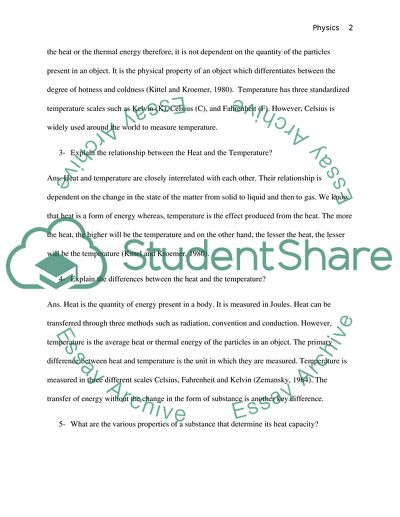Cite this document
(“How does the Study of Heat Relate to the Kinetic Theory of Matter Essay”, n.d.)
Retrieved from https://studentshare.org/physics/1600482-assignment2-physical-science
Retrieved from https://studentshare.org/physics/1600482-assignment2-physical-science
(How Does the Study of Heat Relate to the Kinetic Theory of Matter Essay)
https://studentshare.org/physics/1600482-assignment2-physical-science.
https://studentshare.org/physics/1600482-assignment2-physical-science.
“How Does the Study of Heat Relate to the Kinetic Theory of Matter Essay”, n.d. https://studentshare.org/physics/1600482-assignment2-physical-science.


